4 tips for fall photography: make landscape shooting simple!
Getting started in landscape photography doesn’t have to be difficult, says Amy Lathrope-Reid
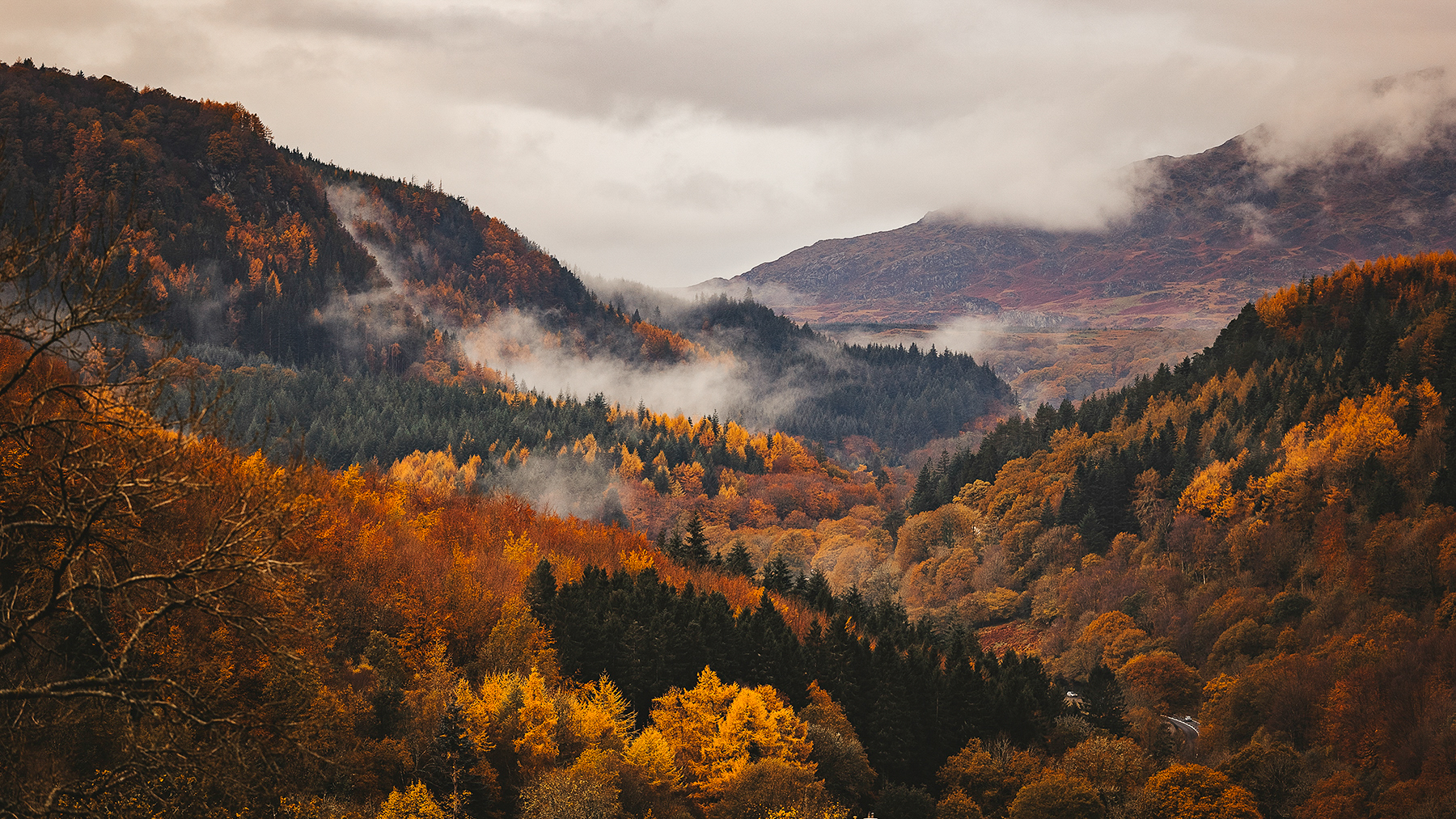
I am a self-taught photographer, and first started practising landscape photography around ten years ago. I remember seeing some beautiful images that inspired me to get out with my camera, but I didn’t really know what I was doing. There wasn’t a huge amount of information on the internet at the time, so I invested in some photography books to help me improve in areas such as framing and composition.
As well as reading books, I took my camera out exploring whenever I could. Any spare time was spent practising and developing my craft. This is where I learned my most valuable lessons. Practising with my camera not only taught me what a good photo looks like, but also taught me how to recognise a bad one.
• These are the best cameras for landscape photography
In some situations, I remember feeling overwhelmed. So rather than overloading myself with information, I would practise one thing at a time. Landscapes are more challenging than they first appear, but they are also incredibly rewarding and often make beautiful prints.
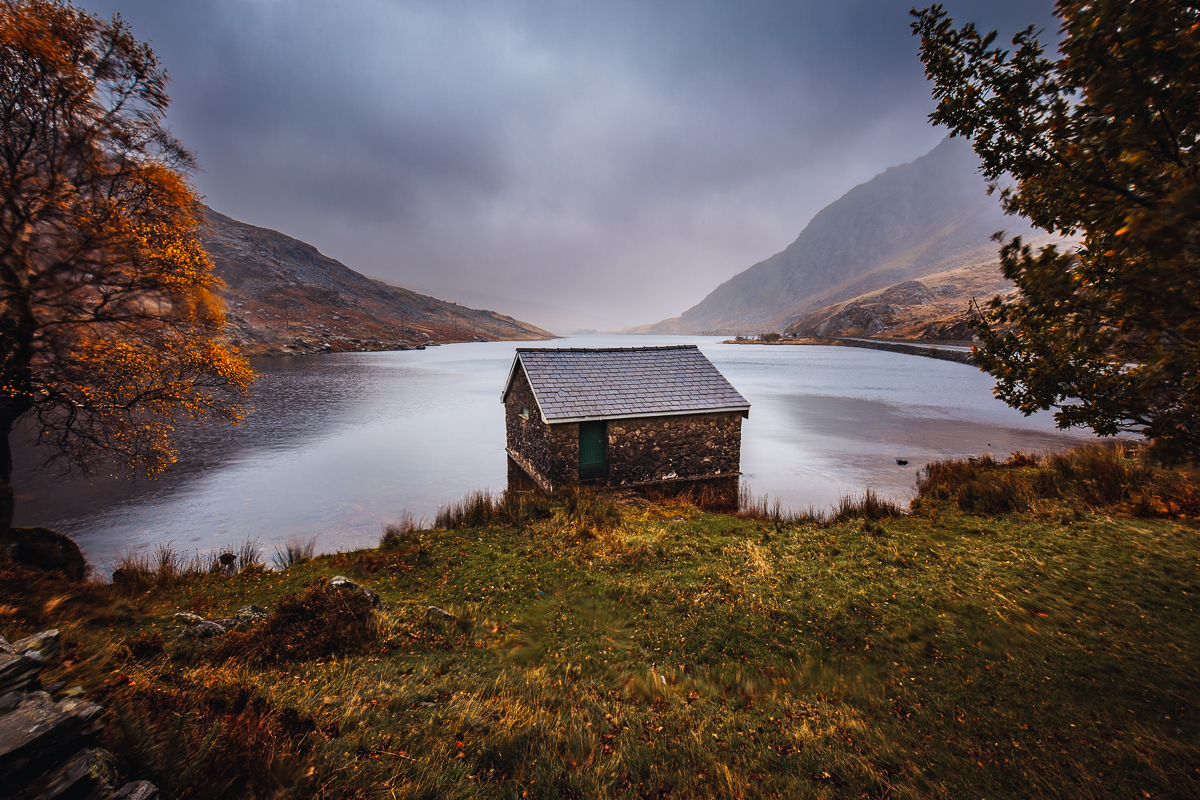
4 steps for shooting landscapes this fall
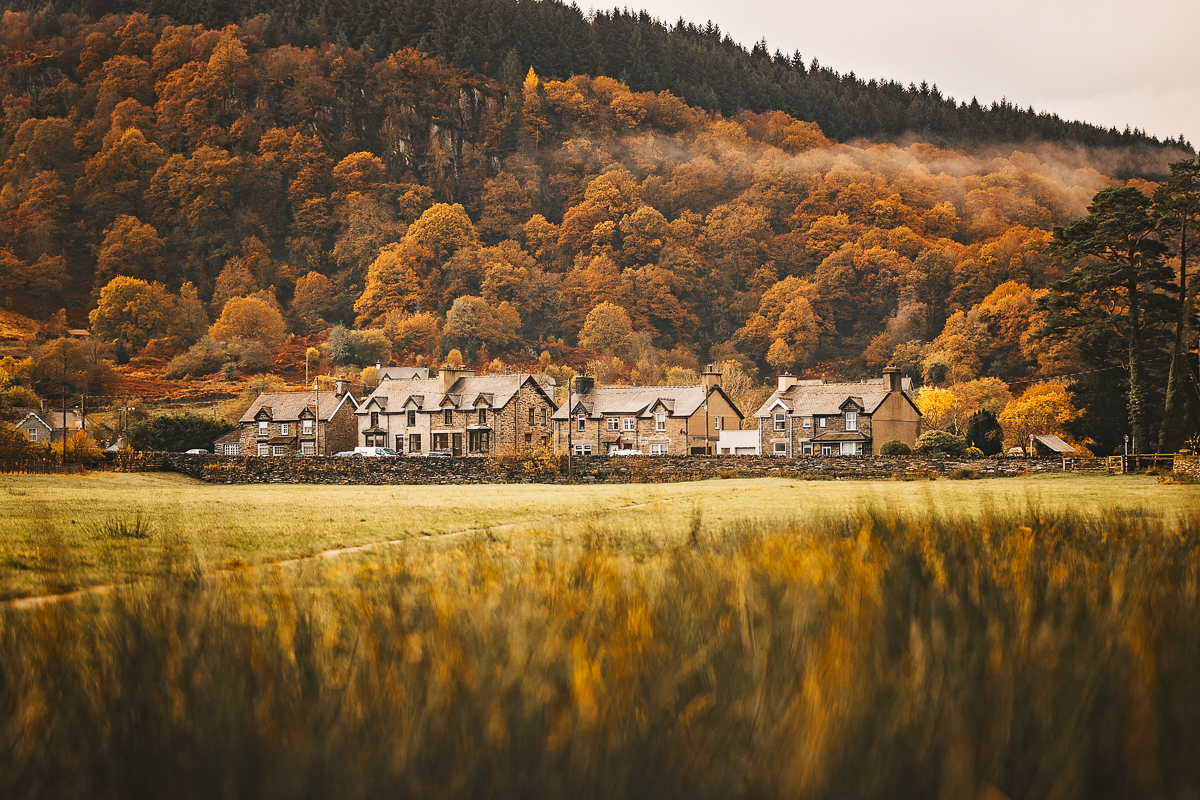
1. Choose the right lens
I tend to capture landscapes on a couple of lenses. If you want to condense the scene, you can try shooting with a 70-200mm zoomed in. For this image I shot with my Canon EOS 5D Mark III and a Canon EF 70-200mm f/2.8L USM, compressing the foreground and background to frame the houses across the field. At other times I'll use the Canon EF 16-35mm f/4L IS USM when I am much closer to the main subject, enabling more environment to be seen.
• Check out the best lenses for landscapes
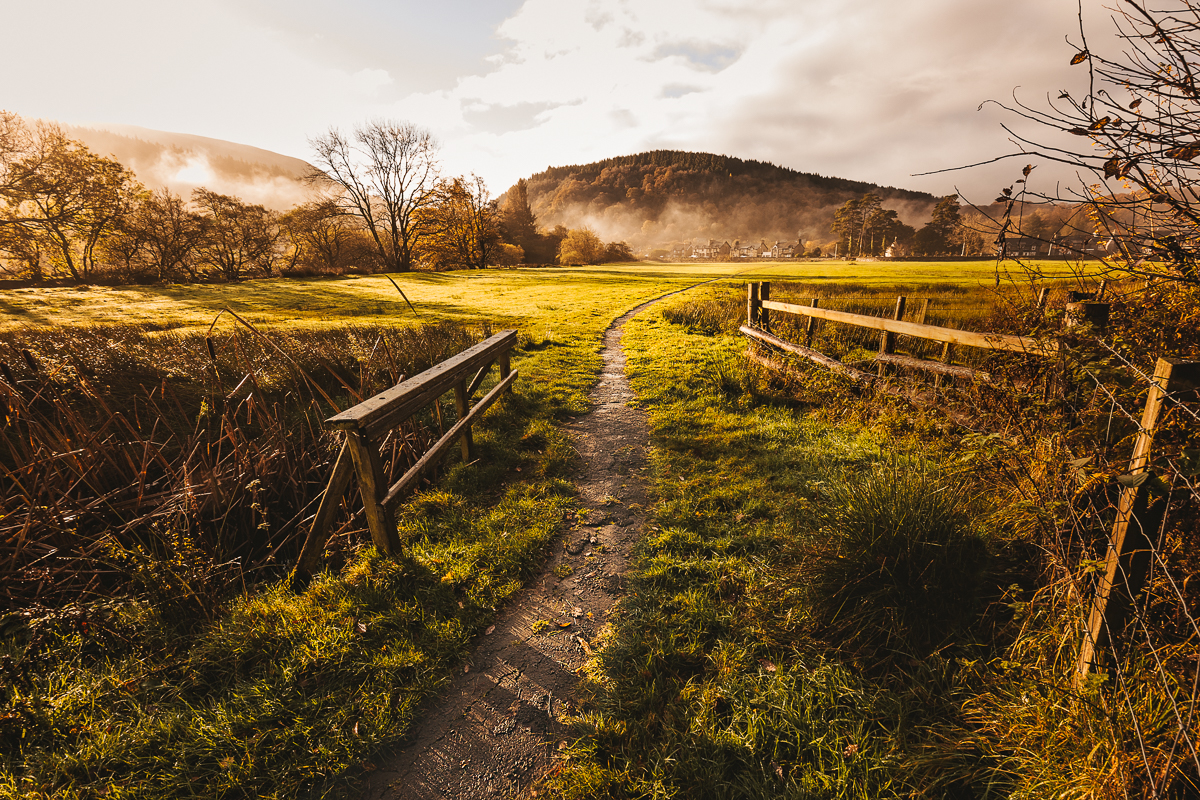
2. Try to keep your composition simple
I use many different compositional guides to help me get the best shots, but for this image I kept it simple. I used repetitive leading lines from either side of the frame, to draw the viewer into the center, and then to explore the other elements, such as the tree lines and morning mist.
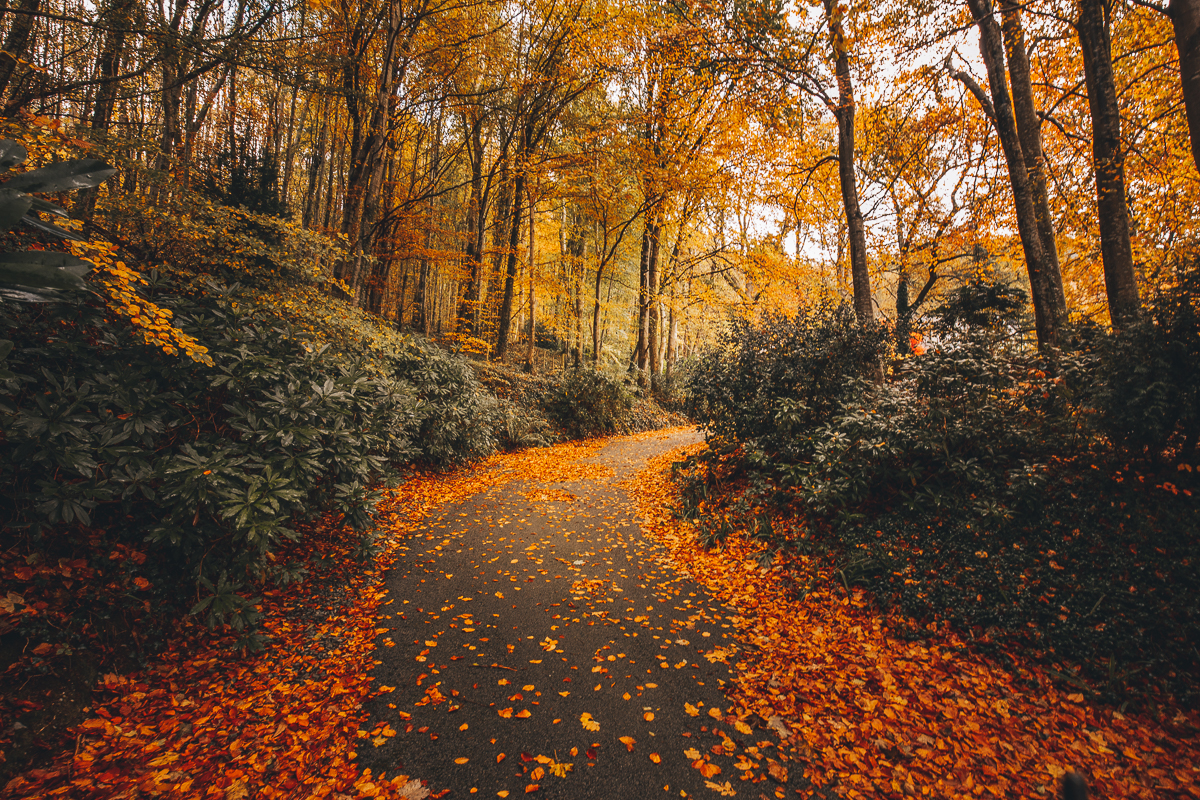
3. Shoot after the rain
I knew that visiting Snowdonia in Wales would mean a high chance of rain, and on this particular trip it rained a lot. But there was a silver lining: shooting on a rainy day, or even just after rainfall, makes the autumnal colors really stand out.
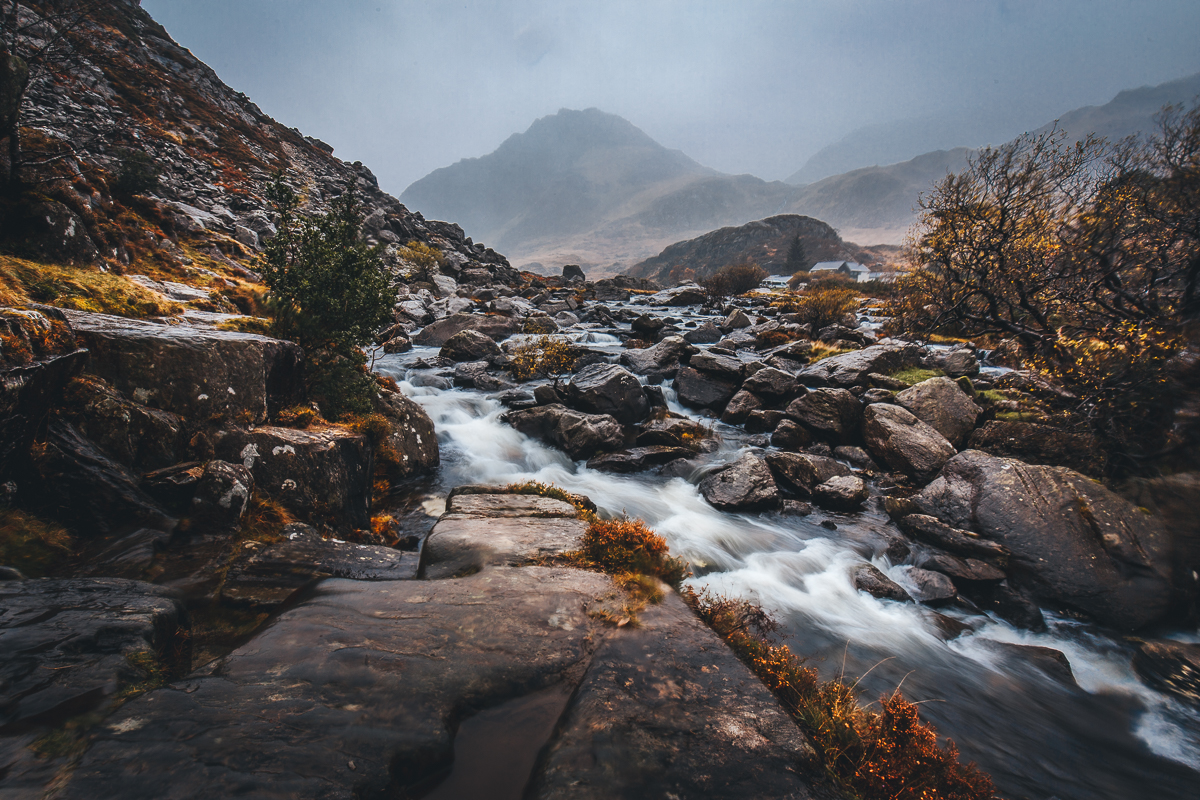
4. Shoot in RAW
I like to record as much information as possible in my landscape images, so I always shoot RAW files. This enables me to retrieve any details in the shadows and highlights. In this example, I was able to bring out more detail in the clouds and the sky, especially considering the foreground was much darker at the time of shooting.
For more of Amy's work see her Instagram: @vitiligo_photographer
These are the The best Canon EOS 5D Mark III deals, and we've also got our guide to the best Canon lenses. You might also want to check out What makes beautiful landscape photography?
Get the Digital Camera World Newsletter
The best camera deals, reviews, product advice, and unmissable photography news, direct to your inbox!
The sister print publication to this website, Digital Camera Magazine is Britain's best-selling photography publication – and it can also be purchased outside the United Kingdom as Digital Camera World.
Digital Camera Magazine is packed with more expert advice and more inspirational images than any other title, with the sole aim of helping you become a better photographer. Every issue we also bring you a selection of great gifts which are designed to help you get more from your photography – everything from tips cards and cheat sheets to free software and bookazines.
In addition to inspirational images, interviews, projects, mini tests and tutorials, each issue is packed with news, reviews and comparisons, as well as photographer vs photographer shootouts and head-to-head challenges using the best photo editing software.
The magazine is captained by Editor Niall Hampton.

